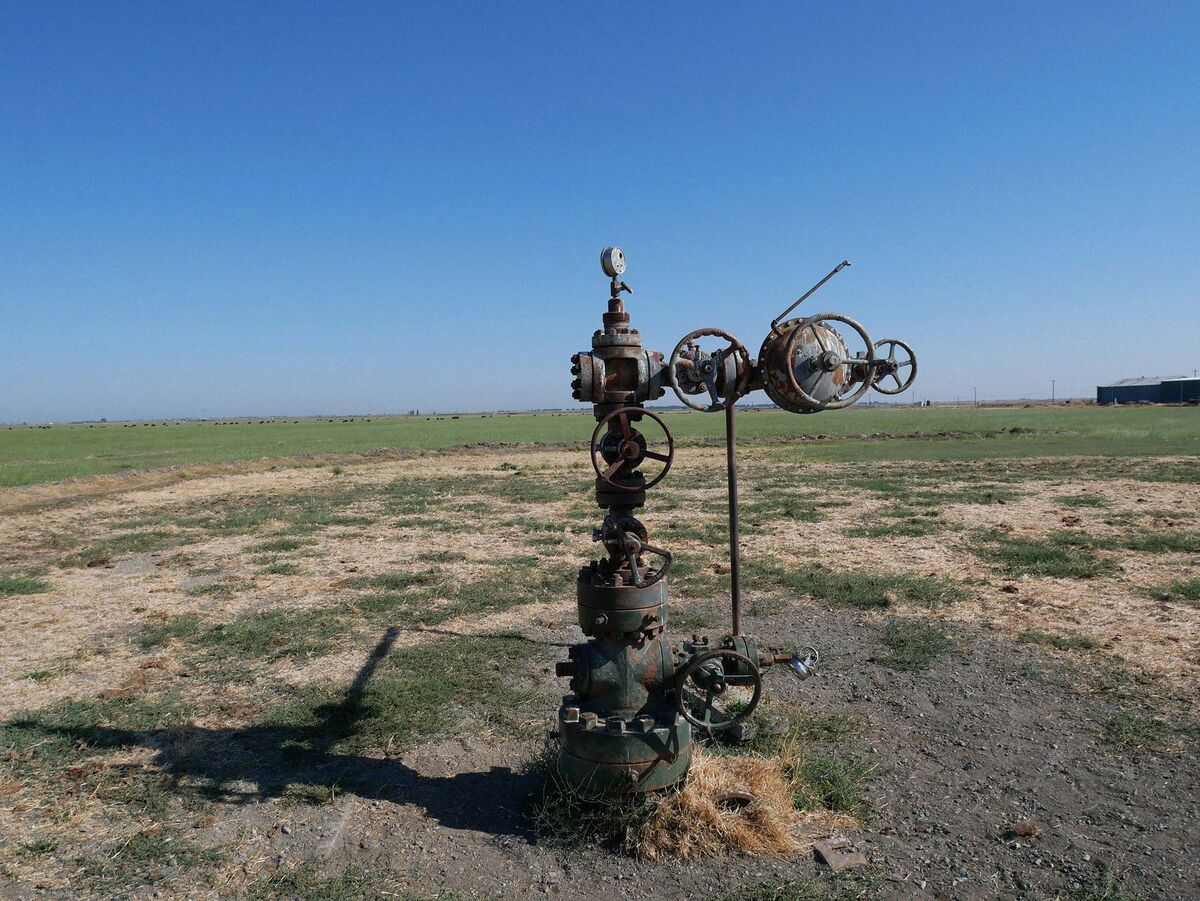The big surprise in reduced arability of land all over the planet is going to be from the effect of millions of abandoned oil and gas wells, from which it has always been easier and waaaaay cheaper to walk away, rather than to treat properly by plugging with special muds and a welded cap.
Just one orphaned site in California could have emitted more than 30 tons of methane. There are millions more like it

www.bloomberg.com
Sure there are laws about measuring emissions and doing cleanups of capped but leaking wells, but by time you find out who dug that ol' well in your north 40 acres, five companies have bought and sold it, or been bought or sold themselves, or just moved on or plain gone bust.
Meanwhile such wells continue to emit methane. They also corrode over time, deep underground --we're talking a couple miles, not 30 feet-- and so will eventually corrupt and pollute groundwater aquifers. That's water on which farming will increasingly depend in areas where both oil and gas drilling and agriculture currently overlap, as climate change continues to take its toll.
Even when idled wells are plugged properly, the treatment is only good for 50-100 years per some estimates, because of all the pressure and heat that the earth itself exerts on materials a couple miles down from the surface. And the real kicker is that in the USA at least there's no law requiring emissions measurement once an idled well has been plugged and sealed.
But hey I'm sure in 50-100 years we'll have found a habitable planet we can all hop on over to. And oil and gas execs figure they'll be dead before then anyway, so this quarter's profits are still the main thing to focus on. That and making sure legislators don't get focused on any of this stuff.

